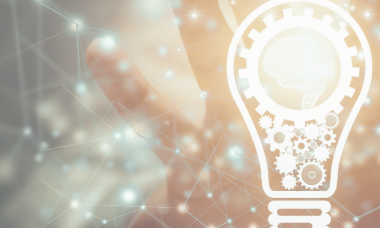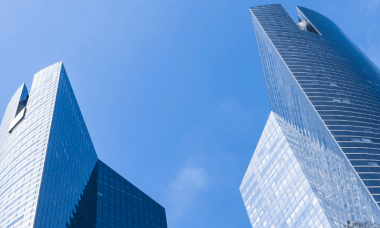Great leadership means balancing work with wellness in 2021
ReadyTech prides itself on creating a culture where people love to work.
Yes, that’s because we want the best out of our people. One of our values is that we will always be there to do the work for customers, even when solving complex problems for clients means our team need to put in a bit extra.
But we also want to balance between great work and with great wellness. After all (aside from caring about our people), if you don’t safeguard the former, you probably won’t get as much of the latter.
We definitely don’t want our employees to suffer from one condition on the rise. And that's burnout.
The burnout problem
Burnout is a real and present phenomenon in workplaces (and today’s remote home offices).
In fact, the World Health Organisation (WHO) listed burnout as an ‘occupational phenomenon’ in the International Classification of Diseases for the first time in 2019 due to a noticeable global rise in the problem.
While not classified as a health condition, it was cited as ‘a factor influencing health status or contact with health services’. The WHO said the pressures and stresses in modern workplaces were increasingly driving people to seek help from available health services.
The WHO defines burnout as a ‘syndrome conceptualised as resulting from chronic workplace stress that has not been successfully managed’. Employees who suffer from burnout will typically:
- Experience feelings of energy depletion or exhaustion;
- Feel increased mental distance from a job or feelings of negativity and cynicism;
- Experience reduced personal efficacy within their role.
Burnout is on the rise
The burnout problem was compounded in 2020 and 2021. With COVID -19 suddenly driving workforces into isolation and other challenging situations in their own homes, the vanishing boundaries between work and life saw greater numbers of employees report burnout and mental health issues.
A 2021 survey from teamwork app Asana of 13,000 workers (including 2103 in Australasia) found:
- 71% of global workers experienced burnout in 2020;
- 77% had experienced burnout in Australasia (above the global average);
- 87% of workers reported that they were working late.
Microsoft’s 2021 World Trend Index also found that increased productivity throughout 2020 was masking an ‘exhausted workforce’, with 54% of the global workforce feeling overworked.
The costs of burnout
How much is burnout costing employers? One estimate in the US put the cost at between US$150 billion and US$300 billion annually. However burnout is tricky because it manifests in a range of ways often not attributed to the problem, making it hard to quantify. For example, findings published in Harvard Business Review revealed that workers who describe themselves as mentally distant or disengaged (a key indicator of burnout) showed:
- 37% more absenteeism;
- 49% more workplace accidents; and
- 60% more issues with accuracy and defects.
One clear link is a rise in sick leave – something Australia has seen evidence of in recent years. A survey conducted by the Australian Payroll Association of 600 payroll managers in 2019 found:
- 35% of employers saw increases in sick leave in 2019;
- The increases were highest in the education and training sector (47%);
- Industries including IT, telecommunications, utilities and energy, hospitals, healthcare and disability services all saw increases at 40% or above during that calendar year.
There are other costs. It can cost a lot to replace an employee who leaves, productivity drops if you are harbouring burnt out employees, and it can lead to psychological injuries, which account for 6% of workers’ comp claims.
Taking burnout seriously
As we get ready to move back into offices, it's a good time for employers to get serious about burnout.
With the recent focus on employee wellness through COVID-19, putting strategies in place now to manage employee mental health and burnout will ensure employers are equipped when employees go to offices more frequently.
For example, before the pandemic even hit ReadyTech chose to turn off Slack notifications for all employees before 8am and after 6pm. This shows there is no expectation for employees to be switched on after these hours.
We also have an independent Employee Assistance Program (EAP) in place that is regularly promoted, and regularly offer other supportive content and interactions for employees to manage their wellbeing in or out of the office.
Employers and their leaders can do a lot to alleviate the burnout problem. And when it comes to a business' culture, productivity and employee wellness, now is always much better than later.






